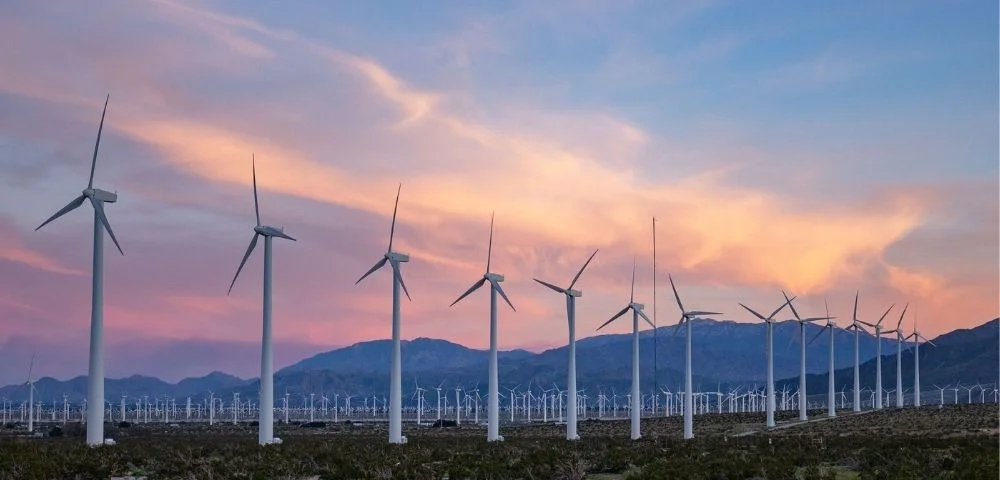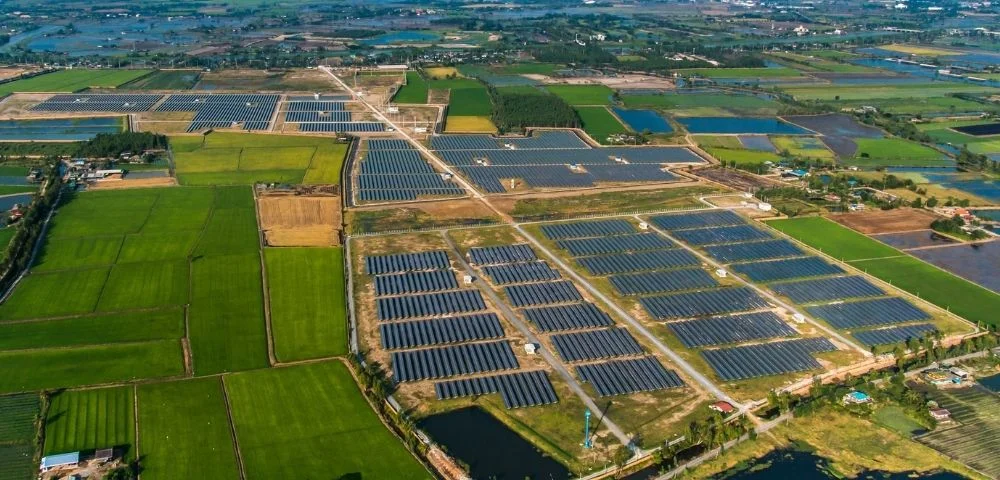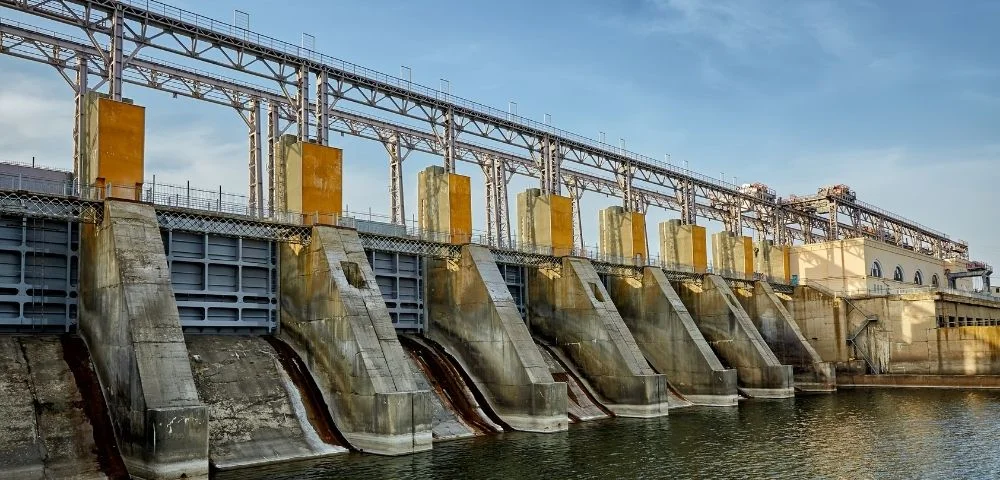Meeting the Growing Energy Demand
Energy production is becoming increasingly crucial for the world with each passing day. The continuous rise in energy demand has led to the growing significance of alternative energy sources over fossil fuels.
Developing nations seek more energy to sustain their progress, while developed nations require additional energy sources to maintain their competitive advantages. Currently, a significant portion of the world's energy needs 60% is met through fossil fuels such as coal, oil, and natural gas, with the remaining 40% sourced from hydroelectric, nuclear, biomass, wind, solar, and geothermal energy.
However, the drawbacks of fossil fuel consumption, including the eventual depletion of coal and oil reserves, adverse environmental effects on health, and the intensification of climate change, highlight the multidimensional disadvantages of relying on fossil fuels. Understanding and addressing these disadvantages is crucial to redirecting towards a cleaner, resilient, and independent energy future.
The Promise of Clean Energy in the Future
As discussed at the 2024 World Economic Forum, global goals focused on clean energy production anticipate a threefold increase by 2030 and a ninefold increase by 2050. This implies that clean energy capacity, currently at 3 TW, is projected to reach 10 TW by 2030 and 50 TW by 2050.
This surge underscores a substantial demand for sustainable energy sources. Renewable energy sources, encompassing solar, wind, hydroelectric, biomass, and geothermal, play a vital role in this energy transformation.

Sailing Towards the Future with Wind Energy
Wind energy stands out as an ideal method for producing clean energy due to its low environmental impact relative to its efficiency. Large-scale wind farms, utilizing wind turbines across vast areas, contribute significantly to electricity generation.
One advantage of wind energy is its integration capability with energy storage systems, providing better energy security against variable wind conditions. However, challenges such as the difficulty of predicting wind patterns due to climate change and the initial high investment in wind energy projects must be considered.

Embarking on a Journey to a Bright Future with Solar Energy
Solar energy takes a lead position in electricity generation with the use of photovoltaic panels. These panels directly convert sunlight into electricity, minimizing environmental impact.
The modular structure of solar energy systems offers a wide range of applications, widely adopted in both commercial and residential sectors.
Integration with energy storage systems allows solar energy to provide power even during suboptimal sunlight conditions. The decreasing costs of battery technology further contribute to the competitiveness of solar energy.

Navigating the Future with the Flow of Water
Hydropower plants generate electricity by utilizing the potential energy of water. This principle involves converting the energy obtained as water flows from high to low levels within dams. Hydropower, especially implemented through dams on large reservoirs and rivers, is advantageous in terms of energy storage capacity. Reservoirs release stored energy during periods of high energy demand, serving a crucial role in balancing fluctuating energy demands.
Optimizing the operation of hydropower plants is essential for maximizing efficiency, given that a 1% efficiency difference corresponds to a 1-meter level difference in the dam.
Future Energy Demand
Addressing the increasing energy demand requires not only efficient energy production but also optimization in distribution processes and updates to transmission infrastructure.
Digitalization and flexibility solutions enhance the intelligence and efficiency of energy transmission networks, aiding in meeting the rising energy demand. In this context, the rapid adoption of technologies like smart grids and energy storage systems is imperative.
Accurate short-term and seasonal predictions of energy demand, combined with proactive decision-making, play a vital role in optimizing energy distribution.
Buluttan Weather Intelligence: A Strategic Partner for the Energy Future
Buluttan Weather Intelligence offers high-precision and high-resolution hyper-local weather forecasts, providing accurate meteorological information for feasibility studies of renewable energy investments.
Reliable weather intelligence forecasts energy production with clarity up to 100 meters resolution, preventing unexpected penalties. Periodic maintenance of assets, when done systematically, can reduce the impact of major weather events, making post-event maintenance after a significant weather event avoidable.
Buluttan Weather Intelligence can be utilized to optimize asset maintenance operations. Accurate short-term and seasonal predictions of energy demand become significantly more accessible with Buluttan Weather Intelligence. High-precision forecasts enable immediate and effective responses to fluctuations in energy demand, placing businesses ahead in addressing rapid and unforeseen changes.
Contact us to learn how to understand your energy production and distribution needs and meet them effectively.








